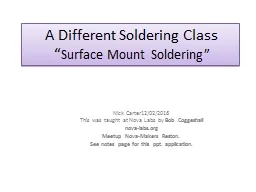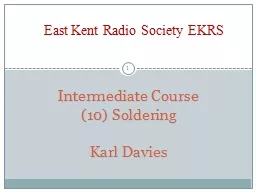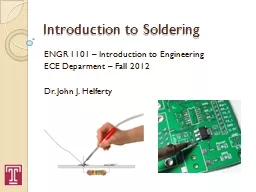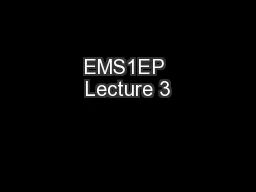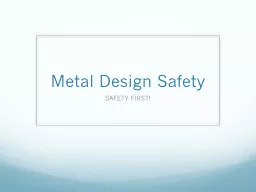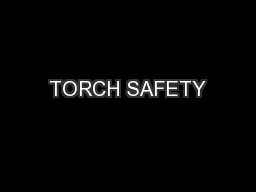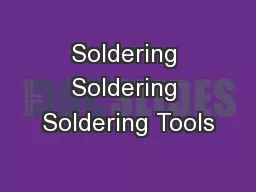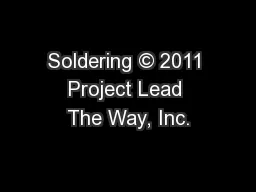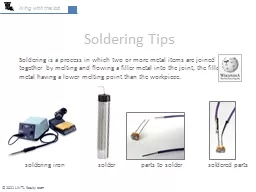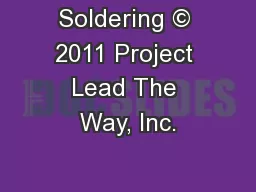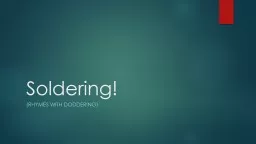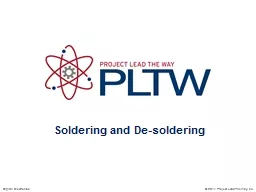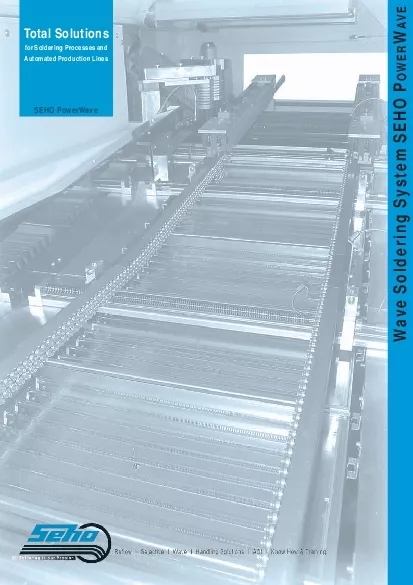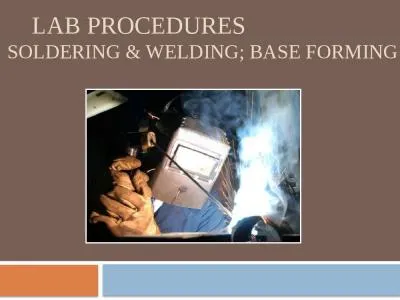PPT-A Different Soldering Class
Author : celsa-spraggs | Published Date : 2017-09-03
Surface Mount Soldering Nick Carter12022016 This was taught at Nova Labs by Bob Coggeshall novalabsorg Meetup NovaMakers Reston See notes page for this ppt
Presentation Embed Code
Download Presentation
Download Presentation The PPT/PDF document "A Different Soldering Class" is the property of its rightful owner. Permission is granted to download and print the materials on this website for personal, non-commercial use only, and to display it on your personal computer provided you do not modify the materials and that you retain all copyright notices contained in the materials. By downloading content from our website, you accept the terms of this agreement.
A Different Soldering Class: Transcript
Download Rules Of Document
"A Different Soldering Class"The content belongs to its owner. You may download and print it for personal use, without modification, and keep all copyright notices. By downloading, you agree to these terms.
Related Documents

